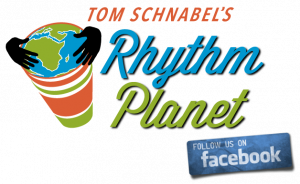
Cuban music is a combination of Spanish décima poetry and African music and rhythms, but we know that the driving forces in Cuban music are the African polyrhythms, not the poetry. Some might say that about rock and roll, too.
Ned Sublette in his authoritative study, Cuba and Its Music: From the First Drums to the Mambo, traces back to the secret societies formed by Cuban slaves, most of whom worked on the sugarcane plantations during the 18th and 19th centuries. Slavery was banned in Cuba in 1886.
Now an Australian historian named Emma Christopher has added yet another interesting chapter to the far-reaching influences of African polyrhythms. She traced the Afro-Cuban roots of the Gangá-Longobá folk music ceremonies from Perico, a small village in Cuba, to the remote African village of Mokpangumba in Sierra Leone, based on their shared oral and dance traditions in the now nearly extinct Banta language. Separated by the trans-Atlantic slave trade more than 170 years ago, the Gangá-Longobá have managed to preserve their African heritage from one generation to the next.
In Christopher’s fascinating documentary entitled They Are We, several of the Gangá-Longobá voyaged back to Mokpangumba to bridge the gap and uncover their ancestral roots, language, common rituals, and blood lineage. There they were welcomed home by the Sierra Leoneans as long-lost family.
It is an incredible story that adds yet another dimension to Ned Sublette’s work.
Click below to watch a clip from They Are We. A Cuban-African Reunion Story.

